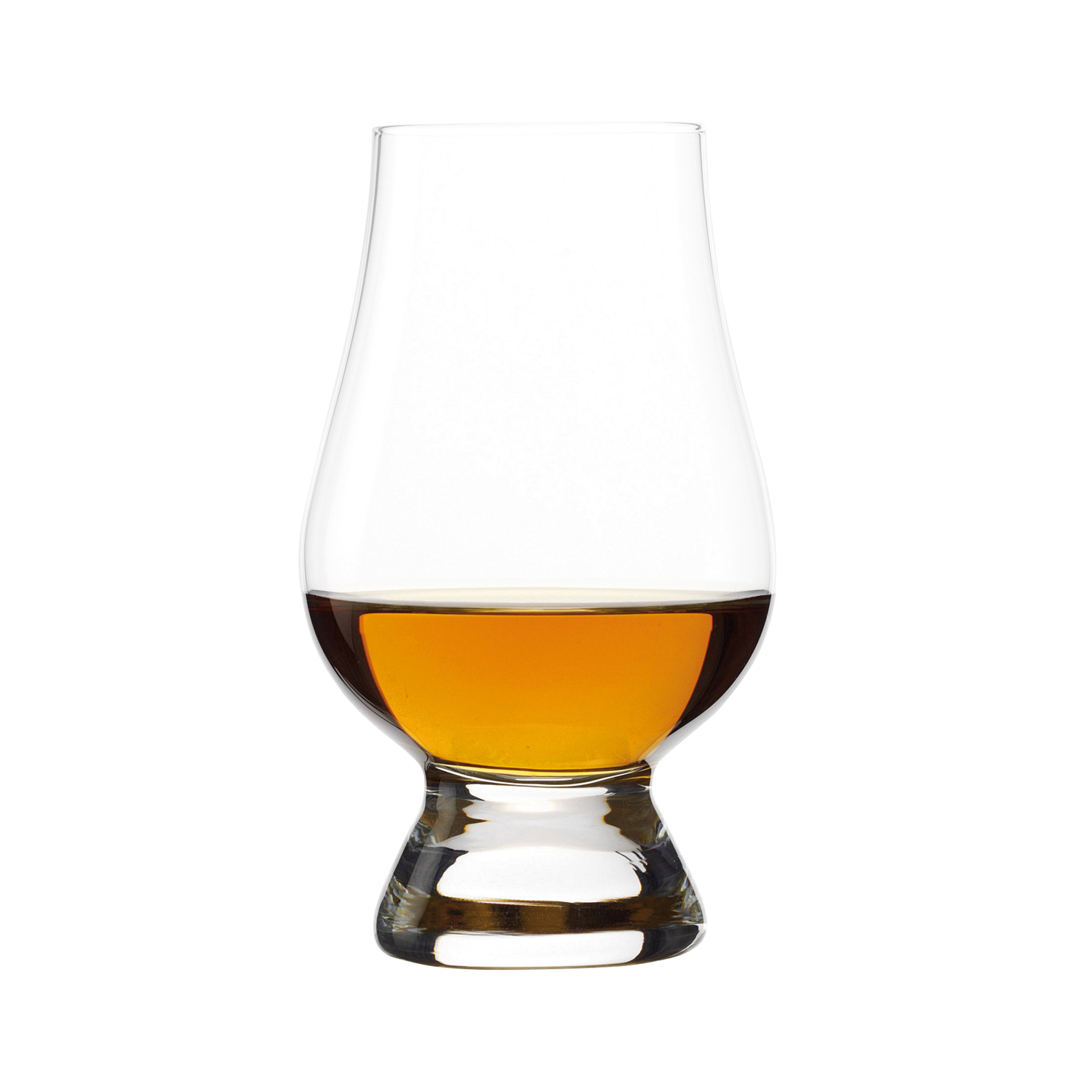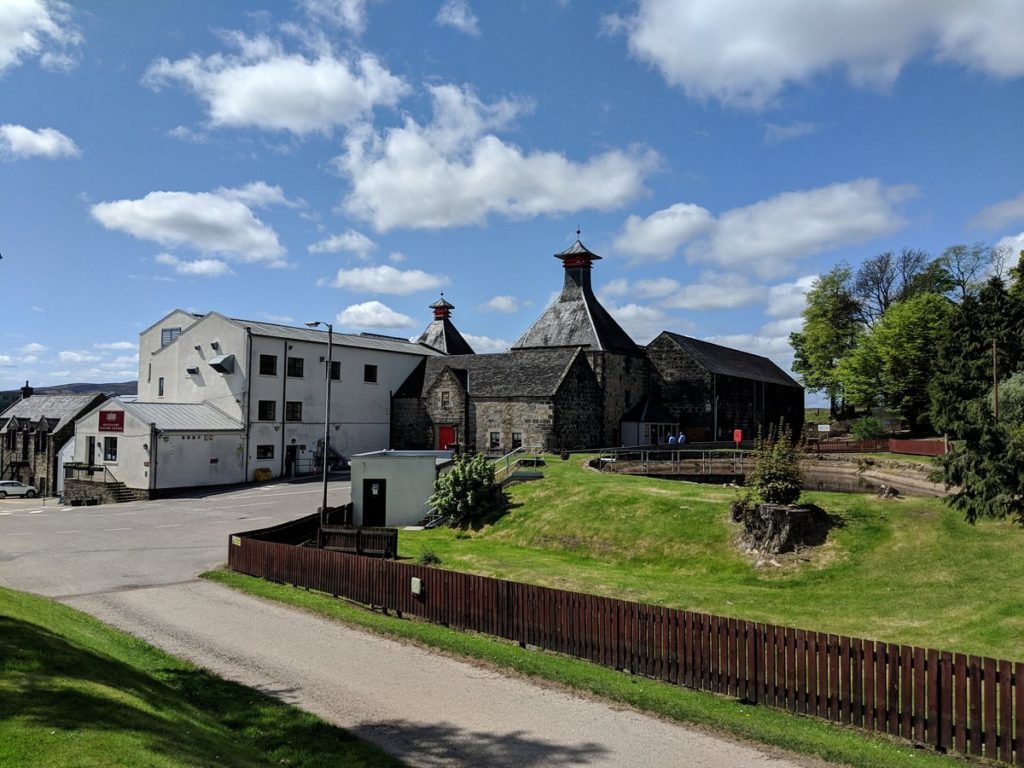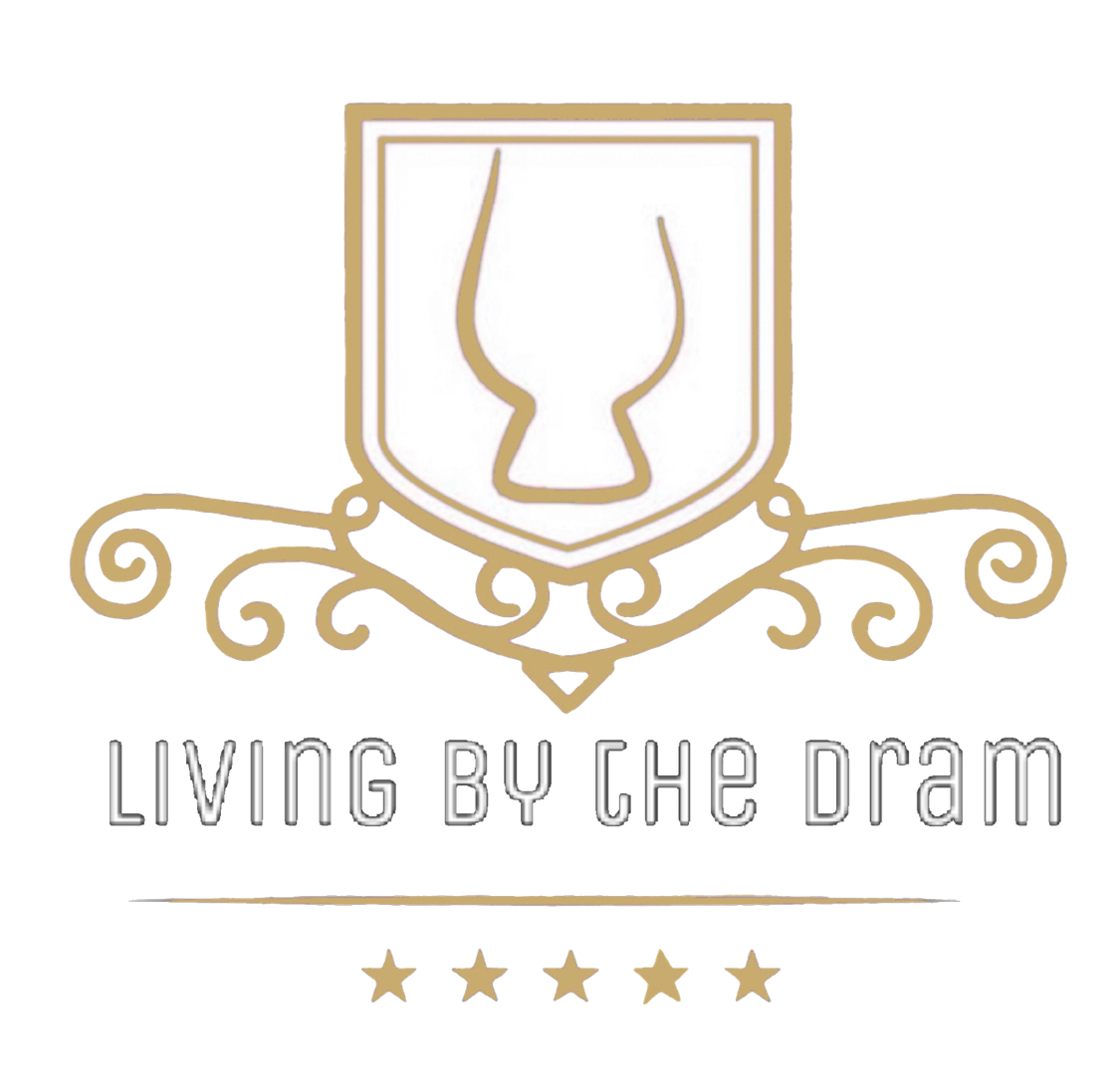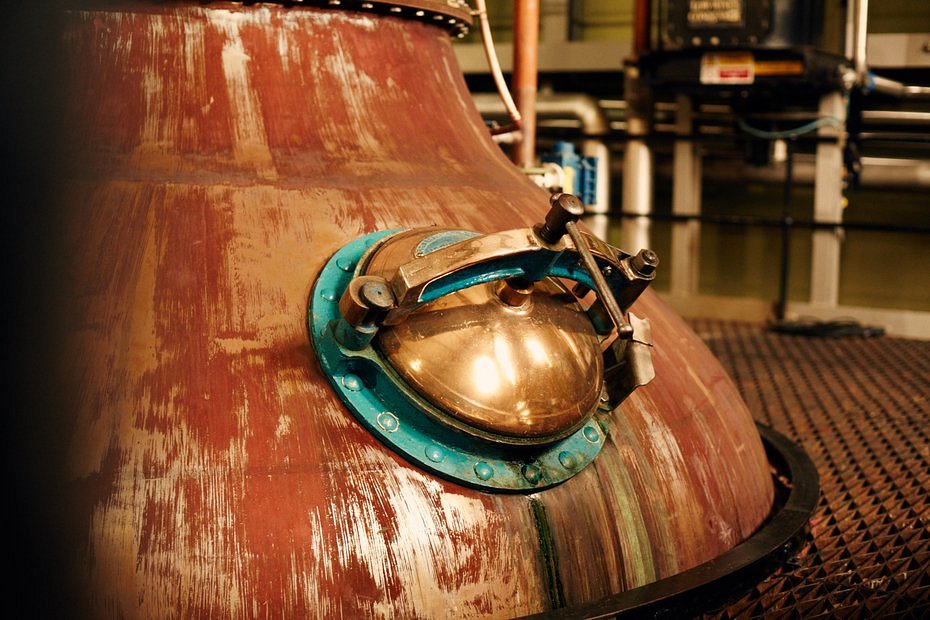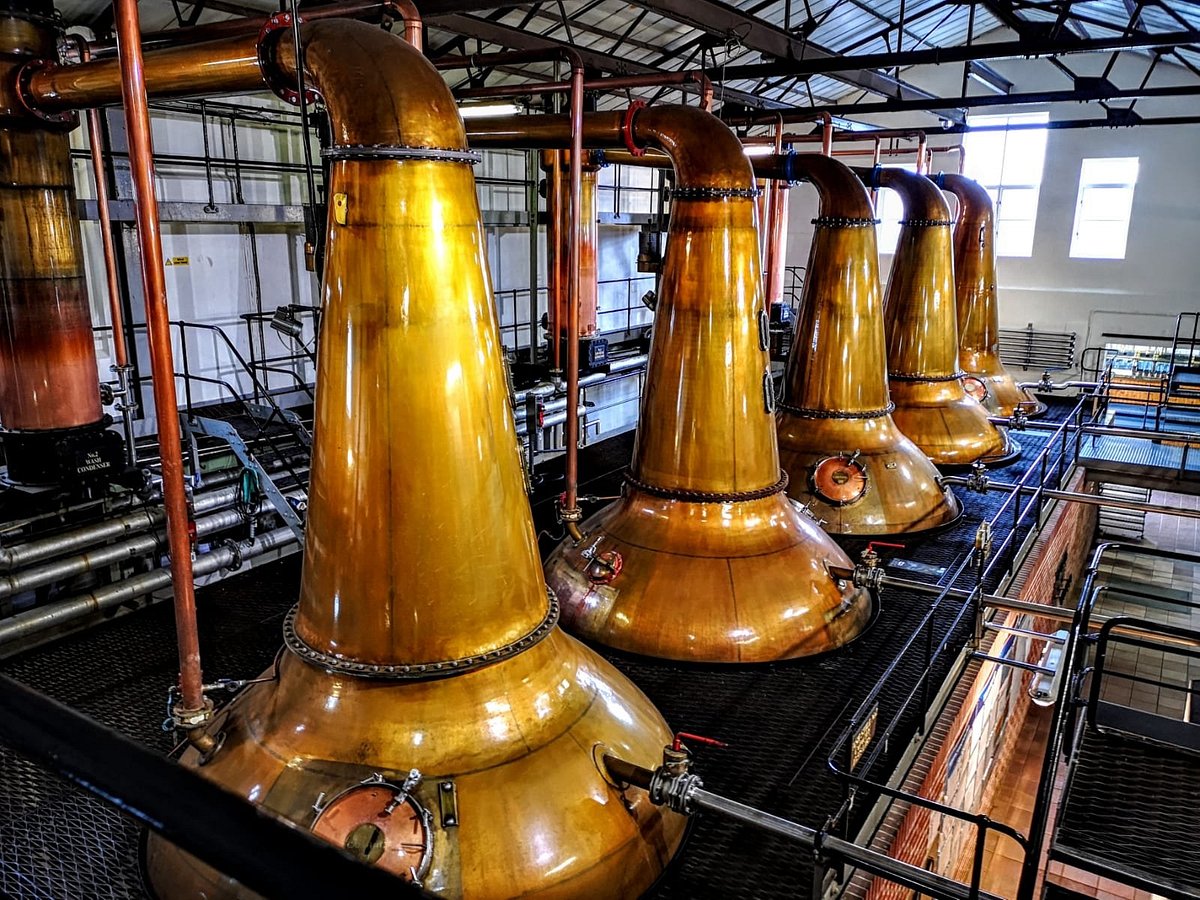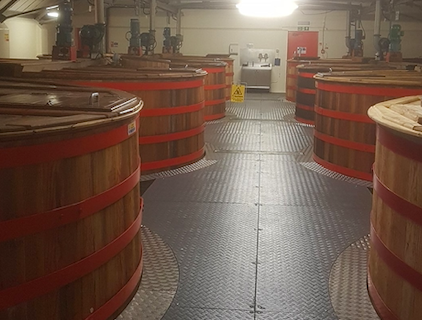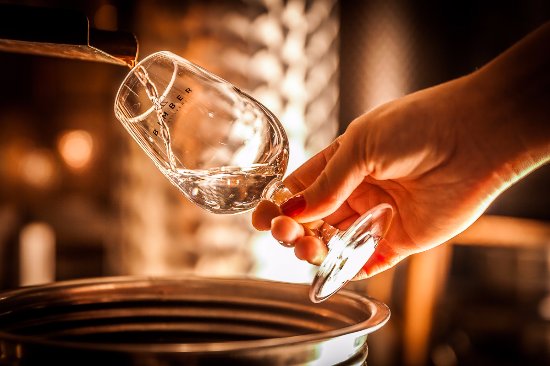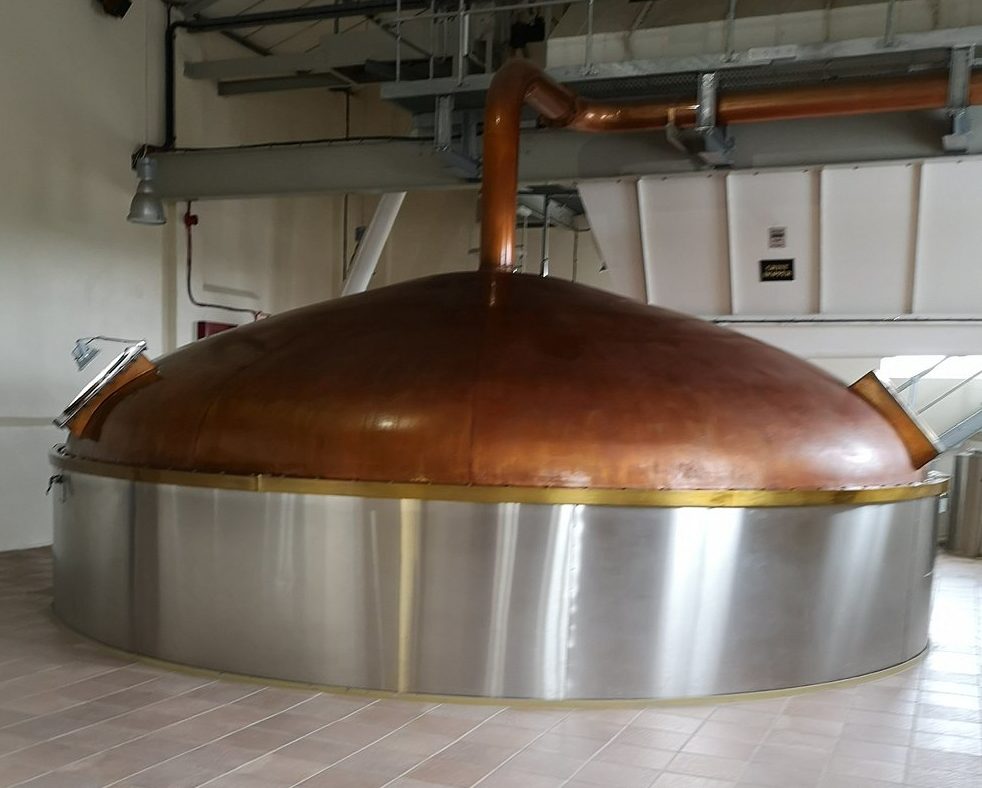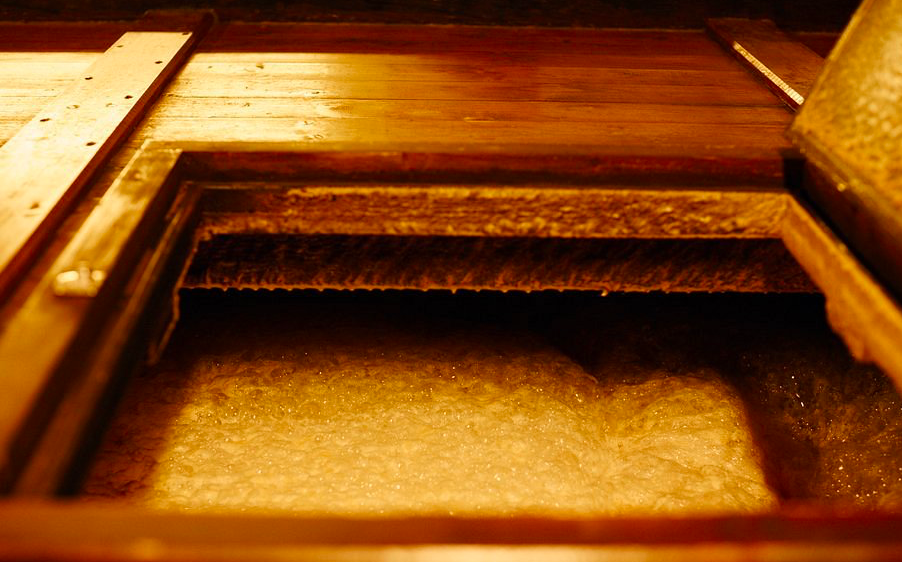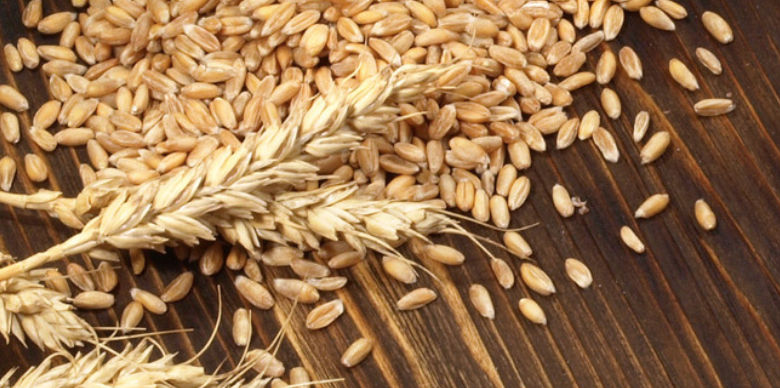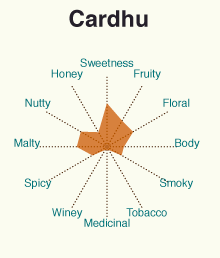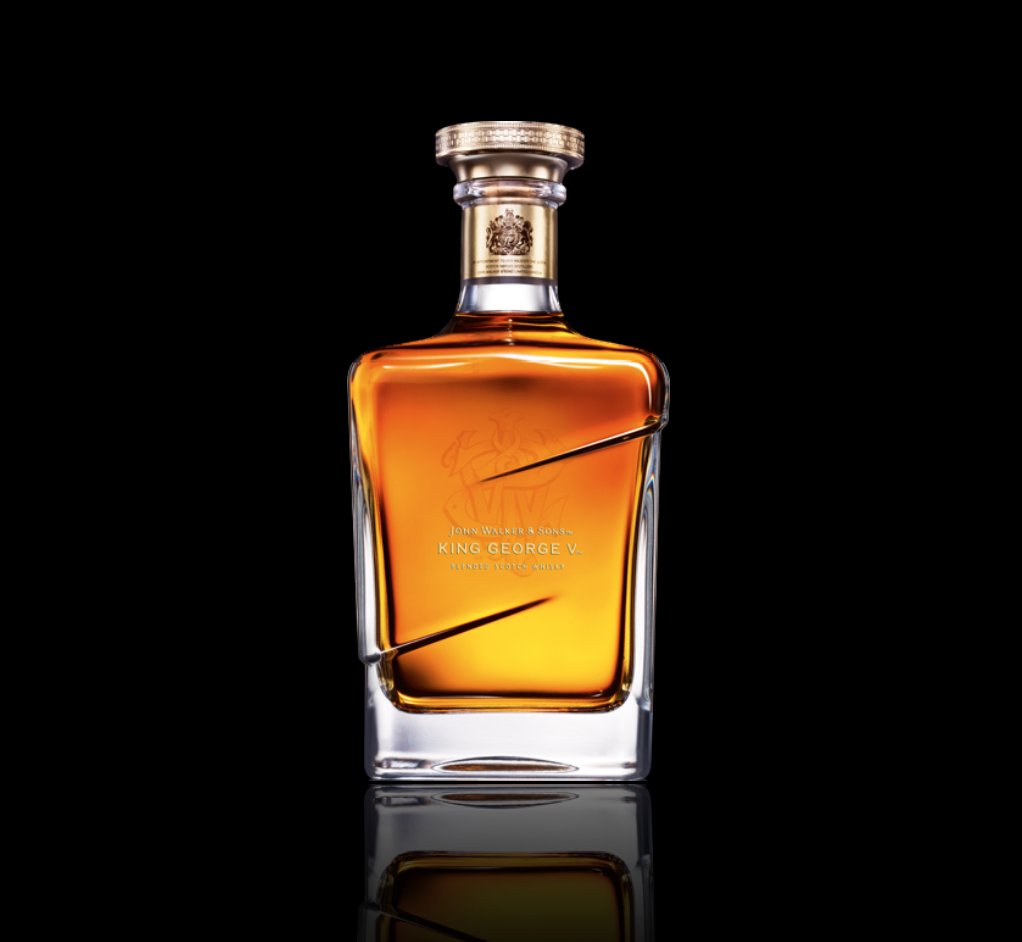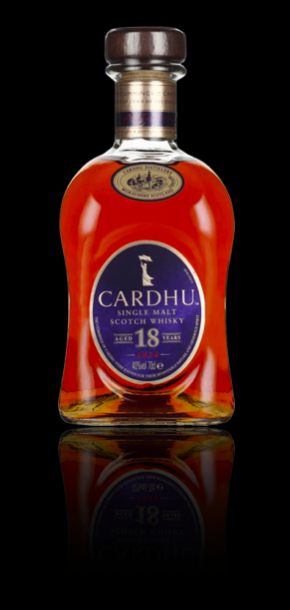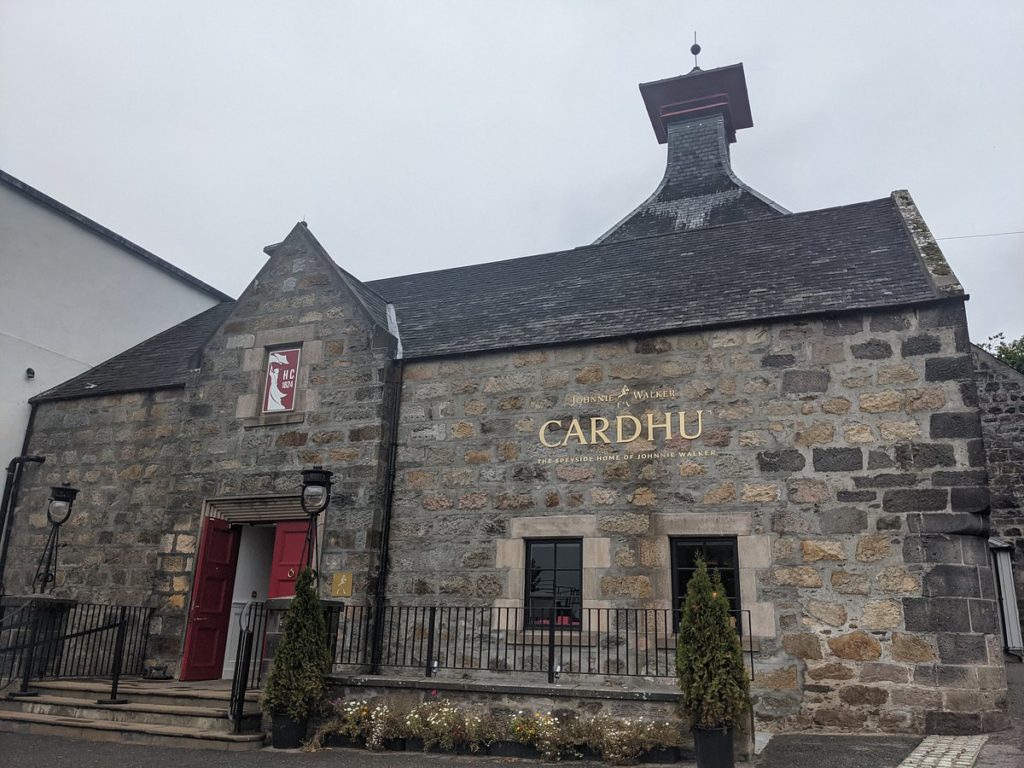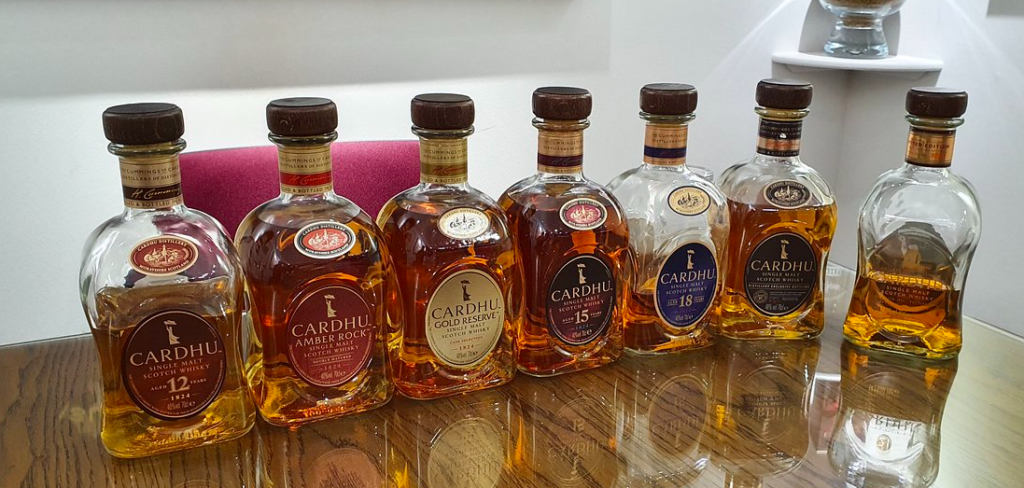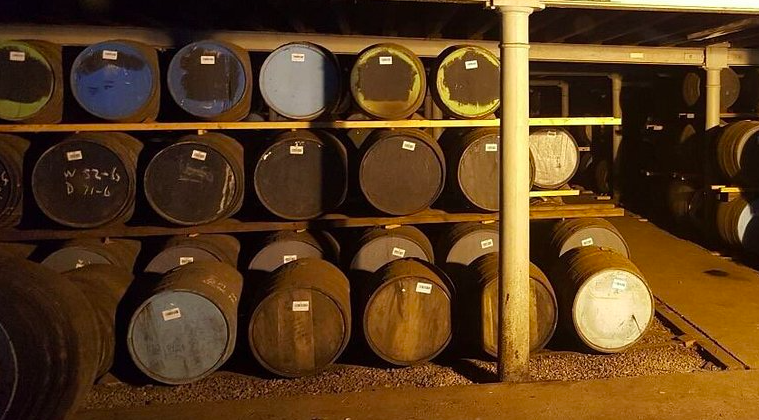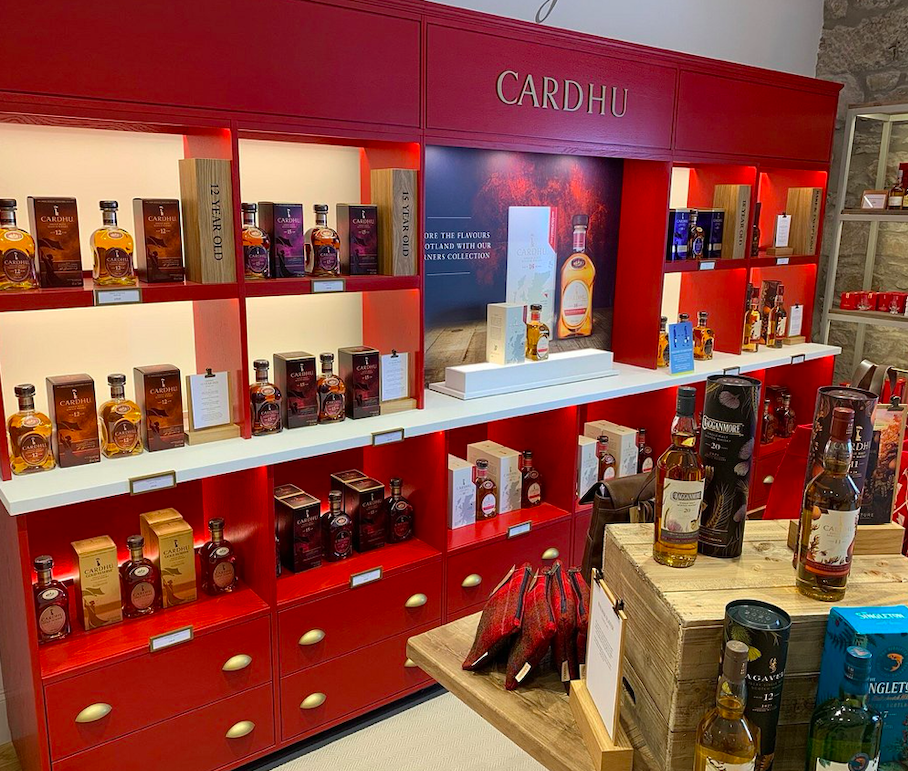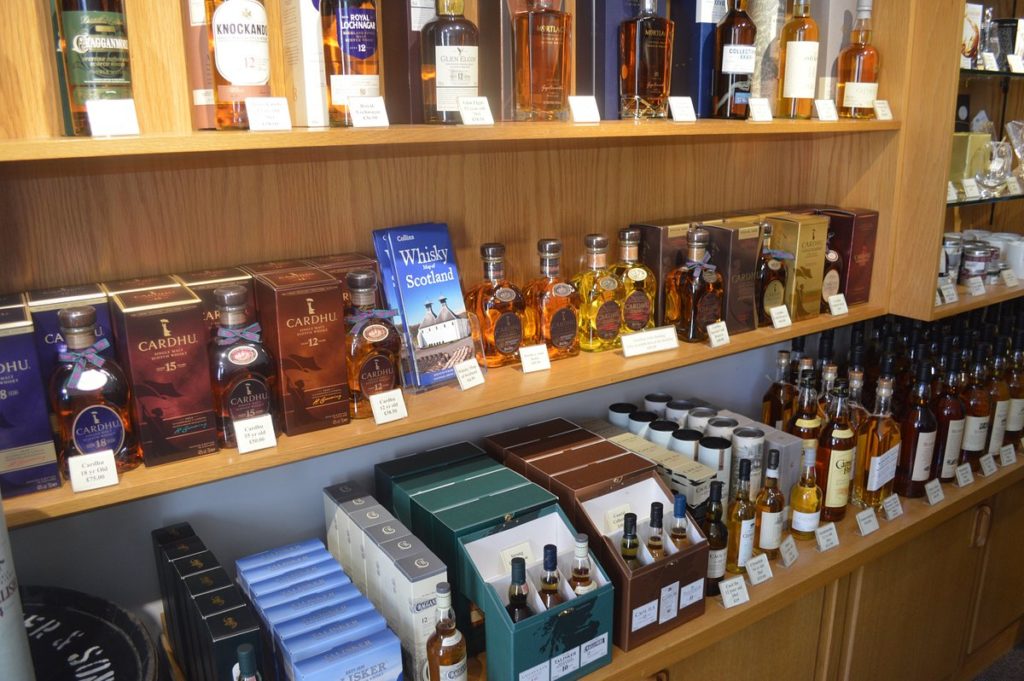By that time, Cardhu was seen as being the Highland base of Johnnie Walker, but as well as supplying liquid for the world’s top-selling blend, from 1981 it was also the first venture into single malt branding in the modern era for industry giant DCL (today known as Diageo), whose chairman from 1963-67 was John and Helen’s great-grandson, Sir Ronald Cumming.
Having a make which is both an important element of a blend and a single malt necessitates some tricky balancing acts. In 2002, this balancing act failed. Projected sales for the single malt in Spain and France were estimated to outstrip the distillery capacity – which also had to supply fillings for the growing Walker range.
The solution was to turn Cardhu the single malt brand into what was then known as a vatted malt (a mix of single malts from different distilleries), while retaining its overall character. Needless to say, this was deemed to be somewhat confusing to the consumer and, after a brief and somewhat farcical period when the distillery name was changed back to Cardow, the policy was dropped.
The fall-out from the incident resulted in a complete overhaul of Scotch whisky labelling regulations and the creation of a new term: ‘blended malt’.
Today, Cardhu continues to act as ‘home’ for Johnnie Walker – complete with an impressive visitor centre – and bottlings of the single malt are once again increasing.
In 2018, Diageo revealed plans to spend £150m on upgrading tourism facilities across Scotland, including a new brand home for Johnnie Walker in Edinburgh, and improved visitor centres at Cardhu, Clynelish, Caol Ila and Glenkinchie, representing some of the regional styles present in Walker.
Cardhu’s upgrade will highlight the history of the distillery, including the influence of Helen and Elizabeth Cumming. Access will be improved and an orchard created.




